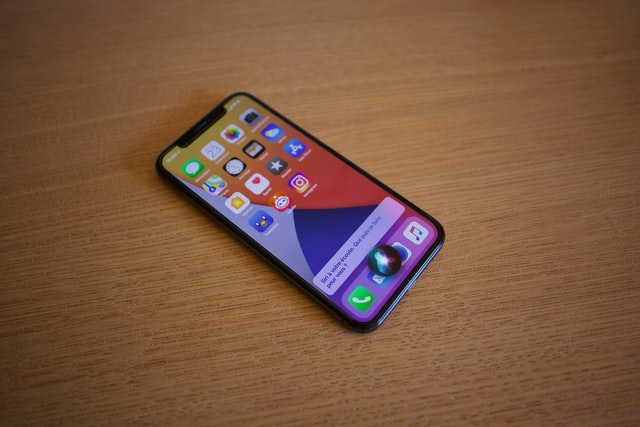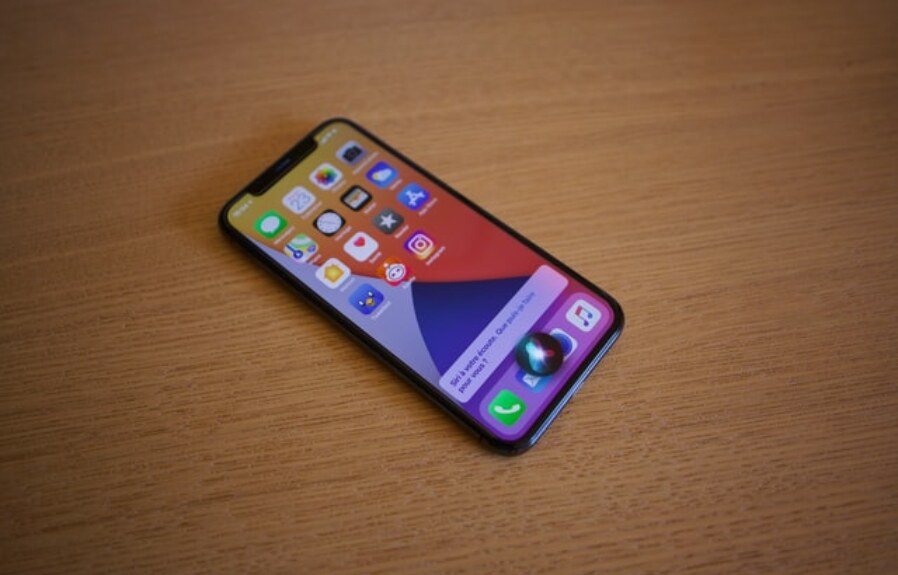Congratulations! After months (maybe even years) of development, you’ve finally launched your mobile app. Now it’s time to kick back and watch it rise to the top, right? Wrong. If you think after your mobile app launches the heavy lifting is done, think again. There are over 1.5 million apps in both Apple and Android’s app stores, and the number is increasing by the minute.
Table of Content
- Launching Your App
- buy ios downloads
- buy android installs
- app store ranking service
If you want your app to have a shot at success against the vastly expanding app world, read on to find out what you should do immediately after your app launches:
1. Invest in an App Marketing & Analytics Software
The data insights and learnings from the first few weeks following your app’s launch are invaluable. They set the direction you follow as you move into growth and optimization. If you don’t have the right app marketing and analytics tool, or are relying on a website analytics tool, how can you possibly set yourself up for success?
Below is the data you need to track immediately after launching:
- New users from acquisition sources
- First-week engagement rates
- First-week retention rates
- Most used features
- Least used features
- App-store views and ratings
- App installs vs. churn
- Glitches/bugs
Since you built an app, you already realize the value they bring, which is in a distinctly personalized, task-oriented experience for your user. App analytics are also distinct in that they capture an entirely different set of metrics and viewpoint than web analytics. They allow you to track the engagement and session flow of your users, which is data needed to optimize your app. Starting off with the right insights is key to understanding where you’re losing users in the app user cycle, and where you’re hitting it on the head.
In addition to strong analytics, you also need equally strong app marketing software. That way, all the effort you’ve spent acquiring users won’t go to waste. You need to start communicating with your users from the get-go to boost engagement, and start putting together some solid personalized marketing campaigns based on data insights. This will drive conversions and retention.
2. Have an Onboarding Process
Getting users to download and open your app is half the battle, but the other half is retaining them. Setting your user up for success by having an on-boarding process can make a huge difference on whether they continue to engage with it. In fact, in a case study we conducted with Slice, we saw retention rate boost by 50% after implementing a solid on-boarding process.
How do you go about putting together a successful onboarding process? If you follow the below best practices, you’ll have a solid plan in place:
- Don’t bury the lead: Make sure your user knows right out of the gate the value and benefits they get when they use your app. These should be clearly depicted and one of the very first things the user sees during the app onboarding tutorial.
- Showcase key functionality: Show them the main features of the app, and how simple it is to complete a desired task. Using callouts and highlighting key buttons will help people easily understand how to navigate around, and promote a better user experience.
- Make it easy to sign-up: Since sign-ups are often a barrier of app adoption, make it as simple as possible to do so. Whenever possible, don’t make them create a new account. Instead, allow new users to sign in through their existing social media accounts or Google.
- Lead the way with a CTA: It’s also a good idea to include a call-to-action at the end of your onboarding experience to point the new user in the right direction. This CTA can ask them to complete a desired task or simply get them excited about using your app.
3. Address the Feedback
One of the most important things you can do after launching your app is to closely monitor feedback from early adopters to understand the pits and peaks of your functionality. Where are people getting hung up? Are they using features differently than you expected? You should be keeping a very close eye on app store reviews as well as beta testers and take their comments seriously. This not only helps you promptly address issues with your app, but also helps you prioritize updates and optimizations. Your users will love to see their feedback heard and addressed in future app updates.
In addition to feature requests, make sure you’re paying attention to any bugs these early adopters are finding and resolve them as soon as possible. One surefire way to lose out on valuable users is if they’re running into a lot of frustrating glitches.
4. Pay Attention to Feature Usage
While user feedback is extremely valuable, what can be even more telling is their actions. App analytics allows you to closely monitor usage, or even lack-thereof, to determine which features users are gravitating towards and which are falling flat. It’s easy to misjudge how users will engage with your app. Sometimes, a feature you didn’t think anyone would use is most accessed or vice versa.
Understanding in-app user behavior is key to driving the success of your app. While comments are always useful, app analytics tell you the things that users can’t tell you directly because they’re unaware or they don’t know how to. That’s why it’s critical to constantly review usage metrics to “read between the lines” and then prioritize future features and app marketing campaigns.
5. Track Churn
Another way to read between the lines? User churn. If users are flocking to your app and then dying out, there’s clearly a problem with your app’s stickiness. Figuring out exactly where users start churning will give insight into the why. What gaps exist in your app that you need to address? How can you tailor the experience to better align with user needs? From there, you can try to combat this with app marketing and optimization.
After all, we know that 50% of users churn within the first 30 days while 75% churn within the first 3 months. Pretty scary stuff, especially for app marketers. That’s precisely why it’s so essential to track churn as soon as your app launches if you want a chance to stay ahead of the curve and address issues head on.
6. Acquire the Right Users
If you haven’t launched any user acquisition campaigns yet, now is the time to do so. You’ve gathered some important data into who your target audience is, and you should use that to your advantage when launching your app acquisition campaigns.
Running paid user acquisition campaigns can be costly, which is why it’s essential to ensure you’re getting your money’s worth. Understanding where your app’s referral traffic is coming from is a surefire way to measure the success of your campaign. Pay attention to the data to understand where your most engaged users are coming from. That way, you know where to more closely focus your efforts and which efforts to ditch.
7. Optimize Your UI
App experience and design is crucial. Users have grown accustomed to some beautiful app interfaces, that are not only sleek in design but function too. Think: Uber, ClassPass, and AirBnB. Based on all the data insights you’re getting combined with some research of your own, you should continually be thinking of ways to optimize the user interface and experience of your app. However, remember that you can have the most beautifully designed app in the world, but if the functionality is sub-par, you’re screwed. The opposite is also true. Your app needs to be first-class to compete in the ever-expanding marketplace.
Below are a few questions to ask yourself about UI & UX:
- How can I adjust the color scheme and interface to create a more engaging and intuitive app?
- How can I make app interaction as simple (yet elegant) as possible?
- How do I ‘humanize’ my app?
- How can I create integration between my app and other relative channels?
- How can I improve the workflow for a more streamlined experience?
8. Personalize the App Experience
Now that you understand how different users like to engage with your app, it’s time to get personal. App users have grown accustomed to being catered to, and your app should be no exception to this rule. Any communication from your app should feel highly personalized. Messages sent to users, whether push or in-app, should be segmented based on their behavior and preferences so they feel tailored just for them. The goal is when users access your app, they feel like it knows them. To achieve this, below are a few examples of the types of personalization your app can implement:
- Saving user preferences
- Geotargeting
- Customized and relative content based on previous history
- Remembering previous actions taken
- Cross-channel integration
- Customized push and in-app notifications based on in-app behavior and profile data
In conclusion, while you may get the urge to take a well deserved break after your app launches, resist it. The early days after your app hits the marketplace are crucial for ensuring your app stands a chance against some fierce competition. What are other things you plan to do after launching your app to set it up for success?

increase android app installs


